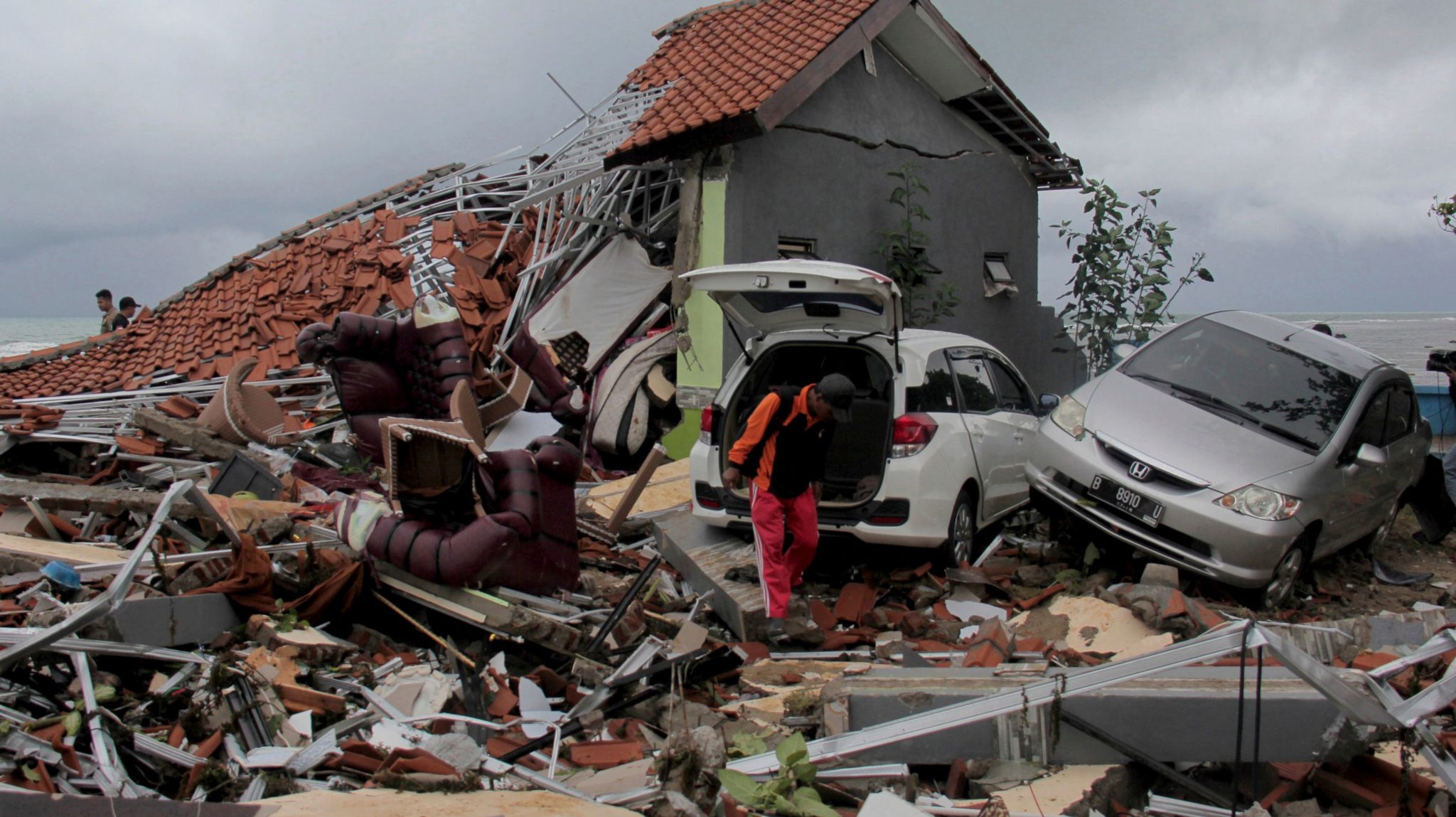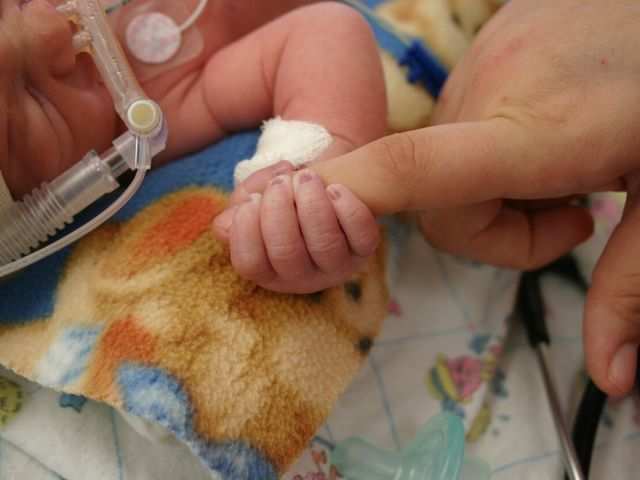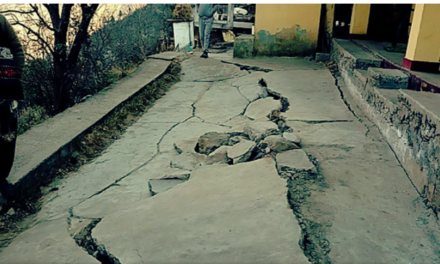Torrential rain hampers rescue efforts for search for the 154 people still missing in the disaster zone of the deadly tsunami that has killed at least 429 people continued on Tuesday, with some officials admitting privately that the chance of finding more survivors alive was slim.
At the Tanjung Lesung beach resort, where the pop band Seventeen was performing when the tsunami struck, resort director Kunto Wijoyo told media that he spent Sunday morning helping to carry some of the 106 bodies of people who died at the holiday retreat.
“There were men, women and babies,” he said, adding that he hoped authorities would consider building a dam in the area to prevent further similar disasters.
A grass lawn nearby was strewn with crumpled metal that had formed the band’s stage, with half-destroyed musical instrument cases lying among the wreckage.
A policeman at the resort, large parts of which were obliterated by the waves, said rescue teams were legally obliged to keep searching for the missing people for seven days, beginning last Sunday morning.
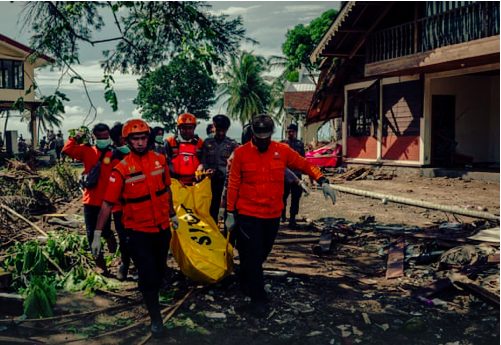
Soldiers combed the coast, flying drones overhead as torrential rain contributed to tricky driving conditions for ambulances ferrying injured people to local hospitals.
Rescuers have also been searching Sumur, an area at the very southern part of where the tsunami hit.
Officials confirmed there were 1,485 people injured by the tsunami as well as 882 houses and 73 hotels and villas damaged. More than 430 boats were also damaged.
On Monday, Indonesian officials confirmed that the deadly tsunami was triggered by a chunk of the Anak Krakatau volcano slipping into the ocean.
The volcano had been spewing ash and lava for months before a 64-hectare (158-acre) section of its south-west side collapsed, an official said. “This caused an underwater landslide and eventually caused the tsunami,” said Dwikorita Karnawati, the head of the meteorological agency.
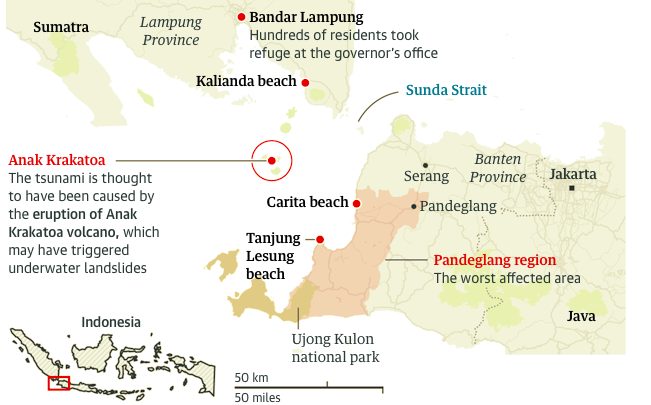
The fact that the tsunami was triggered by a volcano rather than an earthquake meant no tsunami warning was triggered, scientists said. Coastal residents reported not seeing or feeling any warning signs before waves of up to three metres high surged in.
Indonesia’s disaster agency initially said there was no tsunami threat at all, even as the killer wave crashed ashore.
It was later forced to issue a correction and an apology as it pointed to a lack of early warning systems in explaining the high death toll.
Disaster agency spokesman Sutopo Purwo Nugroho said on Monday: “The lack of a tsunami early warning system caused a lot of victims because people did not have the time to evacuate.”
With nearly 16,082 people displaced by the disaster, volunteer groups have been cooking meals for newly homeless locals taking refuge in shelters dotted along theaffected coast.
Humanitarian workers warned that clean water and medicine supplies were dwindling as thousands crammed makeshift evacuation centres.
“A lot of the children are sick with fevers, headaches and they haven’t had enough water,” said Rizal Alimin, a doctor working for NGO Aksi Cepat Tanggap, at a local school that was turned into a temporary shelter.
“We have less medicine than usual … It’s not healthy here for evacuees. There isn’t enough clean water. They need food and people are sleeping on the floor.”
“I’ve been here three days,” said Neng Sumarni, 40, who was sleeping with her three children and husband on the school’s floor with some three dozen others.
“I’m scared because my home is right near the beach.”

